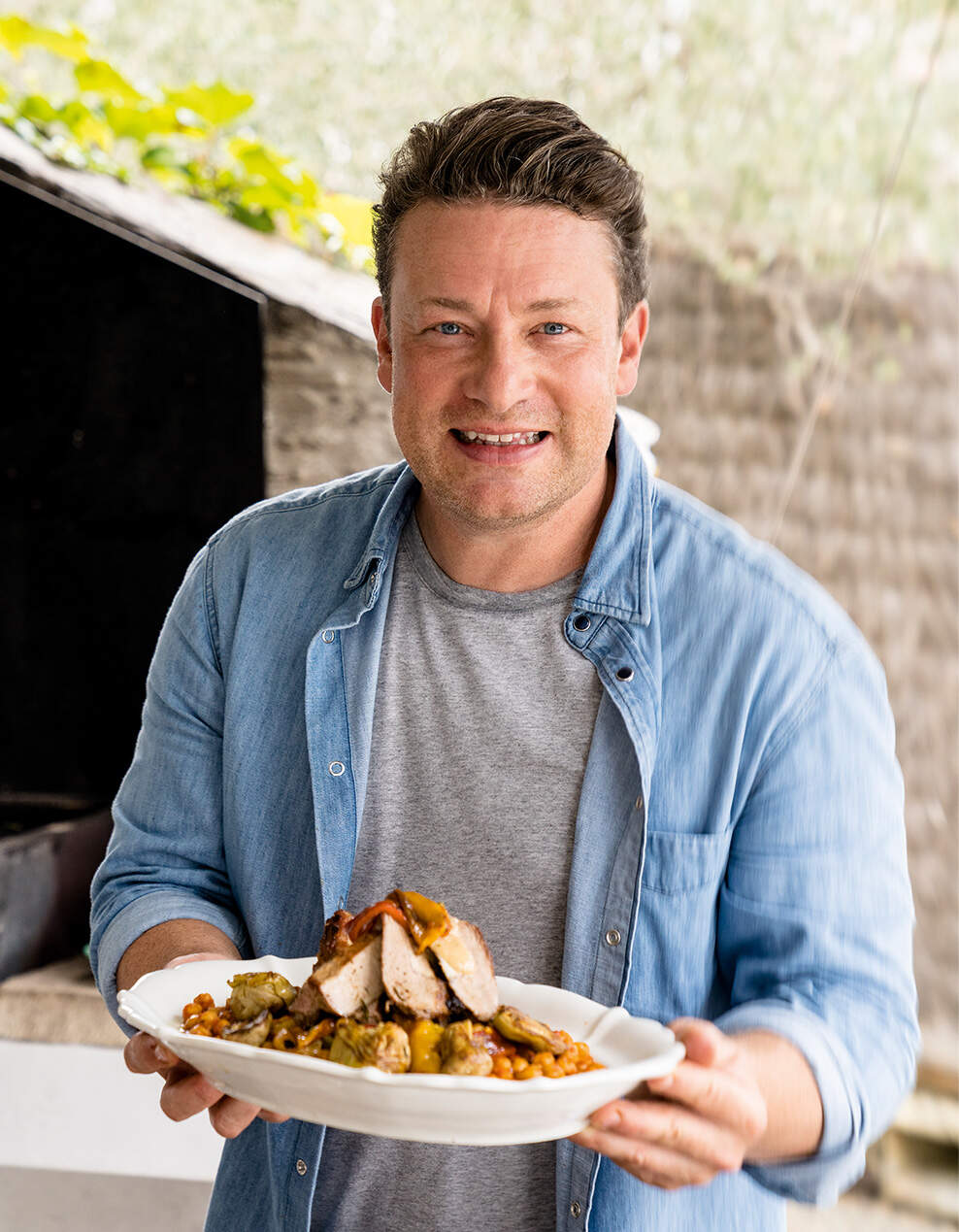
Unlike par-baking a crust, blind baking completely separates the pie filling from the baking process. This method is common for custard pies, like a coconut cream or any other pie that has a no-bake filling. Because there's no filling to weigh down the crust as it bakes, you have to add weights to achieve the right shape and crunchy consistency. You might have tried replacing pie weights with uncooked rice, dried beans, or even loose change, but the best blind baking method is actually a little sweeter.
Tiny granules of sugar provide full crust coverage and compact the dough more than larger, lighter pantry ingredients like rice and beans. Beans can dent the bottom of your crust, making for an uneven bake. Rice is more fine, so it's closer to the successful result of sugar, but ends up being wasteful since it's not recommended to cook or eat the rice after blind baking.
Not only does sugar as a pie weight yield the best result, but it's the most efficient. After baking, you'll have a perfect pie shell and some freshly toasted sugar — a wonderful ingredient you can repurpose in the filling or elsewhere. Toasted sugar has a rich, caramelized flavor that will add delicious depth to your recipe. Sugar melts at 367 degrees Fahrenheit, so as long as you blind bake your crust at around 350 degrees Fahrenheit, you'll have an easy, extra yummy ingredient to add to your filling.
The Pantry Ingredient To Start Using When Blind Baking Pie - Tasting Table
Read More

No comments:
Post a Comment